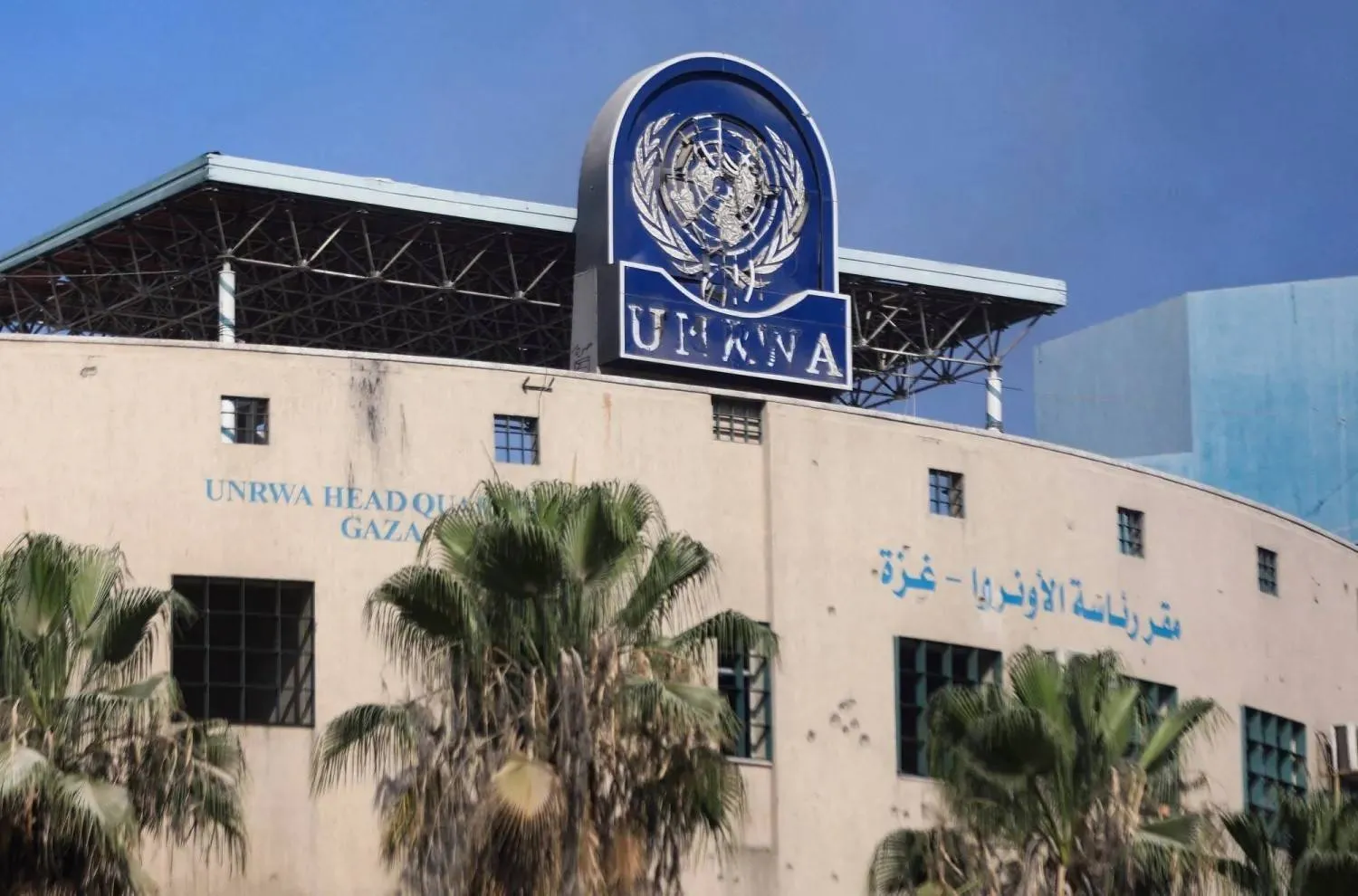The United Nations has warned that the forced evictions of Palestinians by Israeli occupation forces in Masafer Yatta in the South Hebron Hills is a grave breach of the Fourth Geneva Convention and amounts to a “war crime.”
The UN Office for the Coordination of the Humanitarian Affairs (OCHA) states in its weekly report on Friday that the forcible transfer of civilians from, or within, the occupied Palestinian territory is absolutely prohibited under international humanitarian Law.
“Israeli authorities should halt all coercive measures, including planned evictions, demolitions, and military training in residential areas,” OCHA said in its report.
Masafer Yatta spans some 36 kilometers and is comprised of 19 Palestinian villages that are home to more than 1,200 Palestinians.
In the 1980s, Israeli authorities designated a part of Masafer Yatta as a closed military zone. Since this declaration, residents have been at risk of forced eviction, demolition, and forcible transfer.
In 1999, the Israeli government issued eviction orders against approximately 700 Palestinian residents of the city for “illegally living in a firing zone,” as a result of which the Israeli military evicted by force most of them and destroyed or confiscated their homes and property.
A few months later, the Israeli High Court of Justice (HCJ), in response to a petition filed on behalf of the residents, issued an interim injunction allowing most of the people to return, pending a final court decision.
However, the existence of eviction orders left residents living under the constant threat of destruction of their properties and the risk of forcible transfer.
In a 2012 petition to the HCJ, the Israeli military offered citizens access to the land for cultivation and grazing only on weekends and Jewish holidays.
Legal action, humanitarian aid and advocacy challenged this decision and provided temporary protection from forced eviction to the Palestinian residents of Masafer Yatta.
On May 4, 2022, the HCJ ruled that there were no legal barriers to the planned expulsion of Palestinian residents from Masafer Yatta to make way for military training, effectively placing them at imminent risk of forced evictions, arbitrary displacement, and forcible transfer.
The OCHA stressed in its report that “constant eviction of Palestinians from their ancestral homes and Israel’s decades-long settlements expansion activities have changed realities on the ground, and are inconsistent with international humanitarian law and UN Security Council resolutions, which are legally binding.”
The statement stated that “215 Palestinian families, comprising 1,150 individuals, including 569 children, are currently living in the Masafer Yatta area and are facing threats of home demolition, as well as violence from settlers who live in outposts close to them”.









